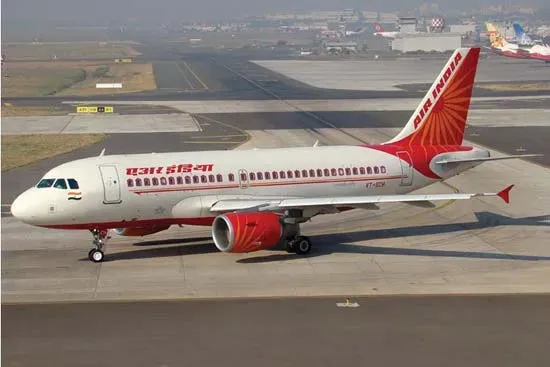Critical Power System Evidence Emerges in Air India Express Boeing 737 Crash Investigation
New findings suggest the aircraft's emergency power system was activated before the tragic Kerala landing, raising fresh questions about the final moments of Flight 1344 that claimed 21 lives.
Aviation investigators have uncovered crucial evidence indicating that Air India Express Flight 1344's emergency power system was likely active during the aircraft's final approach before its catastrophic crash at Kozhikode airport in August 2020. This revelation, emerging from the ongoing investigation, provides new insights into the final moments of the Boeing 737-800 that overshot the runway during monsoon conditions, killing 21 people and injuring 190 others.
The Emergency Power Discovery
The Aircraft Accident Investigation Bureau (AAIB) has identified signs that the aircraft's Ram Air Turbine (RAT) system—a critical backup power source—may have been deployed before the crash. The RAT automatically activates when an aircraft experiences complete electrical failure or significant power loss, providing emergency hydraulic and electrical power to essential flight controls.
Flight data analysis suggests the emergency system's activation occurred during the aircraft's second approach attempt in heavy rainfall and strong crosswinds. The crew had executed a go-around on their first landing attempt due to poor weather conditions, a standard safety procedure that initially demonstrated sound decision-making.
Understanding the Boeing 737's Emergency Systems
The Boeing 737-800's emergency power system serves as a final safeguard when primary and backup power sources fail. When activated, the RAT deploys from the aircraft's fuselage and uses airflow to generate power for critical systems including:
- Primary flight controls
- Essential navigation instruments
- Emergency lighting systems
- Critical communication equipment
The system's activation typically indicates a serious electrical or hydraulic emergency, making its potential involvement in the Air India crash particularly significant for investigators.
Challenging Weather Conditions
Flight 1344 was operating under severe weather conditions typical of Kerala's monsoon season. The aircraft encountered:
- Heavy rainfall reducing visibility
- Strong crosswinds exceeding 15 knots
- Wet runway conditions at Kozhikode's tabletop airport
Kozhikode airport, built on a plateau with steep drops on both ends, presents unique challenges even under normal conditions. The combination of adverse weather and the airport's demanding geography created a high-risk landing environment.
Investigation Timeline and Findings
The crash investigation has been methodical, with investigators examining:
Immediate Factors:
- Weather conditions at the time of landing
- Crew communication and decision-making
- Aircraft performance during the approach
Technical Analysis:
- Flight data recorder information
- Cockpit voice recorder transcripts
- Aircraft system status during final approach
Infrastructure Examination:
- Runway conditions and drainage
- Airport lighting and navigation aids
- Air traffic control communications
The emergency power system evidence adds a new dimension to understanding what transpired during those critical final minutes.
Broader Aviation Safety Implications
This investigation carries significance beyond the immediate tragedy. The potential role of emergency power systems in approach and landing scenarios could influence:
- Pilot Training Programs: Enhanced simulation of electrical emergency scenarios during challenging weather conditions
- Airport Operations: Improved protocols for managing traffic during severe weather
- Aircraft Design: Potential modifications to emergency system interfaces and crew alerting procedures
The findings may also prompt regulatory reviews of approach procedures at airports with challenging topography, particularly during monsoon conditions common across South Asia.
Path Forward for Air Safety
As investigators continue analyzing the relationship between the emergency power activation and the crash sequence, the aviation industry awaits recommendations that could prevent similar tragedies. The Air India Express crash serves as a stark reminder of the complex interplay between human factors, technical systems, and environmental conditions in aviation safety.
Key Takeaways
The emergence of emergency power system evidence in the Air India Express investigation highlights the critical importance of understanding how aircraft systems behave under stress. While investigators work to establish the complete sequence of events, this case underscores the need for continued vigilance in pilot training, airport safety protocols, and aircraft system design.
The final investigation report, expected in the coming months, will likely provide definitive answers about the emergency power system's role and offer crucial lessons for preventing future accidents in challenging operational environments.
This developing story continues to evolve as investigators work toward publishing their final findings and safety recommendations.
